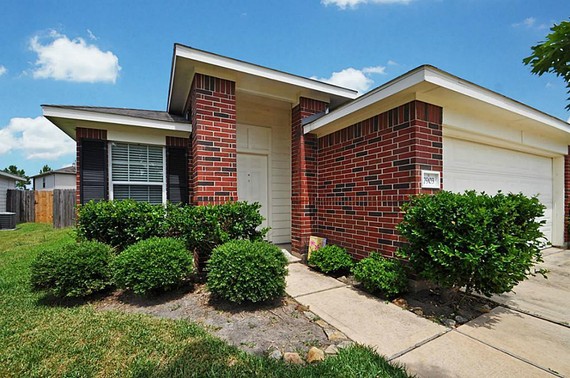
One of the lasting inequities of gentrification is the increasing unaffordability of urban centers.
The suburban enclaves that now ring many major American cities are creatures borne of the excess wealth and development of the post-WWII era. Suburban residents from the 1950's onwards consumed far more resources when commuting long hours to work or maintaining their lush lawns. Suburbia was space squandered, inefficiency welcomed.
And those who moved to the suburbs at that time -- the largely affluent white community of the 50's and 60's -- did so knowing full well that the price they paid for seclusion would be one they could bear.
Not so for the many thousands who are now being forced to abandon their homes in cities across the country and move to America's increasingly depressed suburbs. These former city dwellers, often renters, often from low-income households, previously lived in the city because they could not afford the plush life of the suburbs.
As gentrification has attracted younger, wealthier, more educated residents into the city, it has pushed out low wage earners to the suburbs. The same suburbs that today, as before, require the luxury of time and charge the penalty of convenience.
Except that these new suburban residents lack both the time (many work multiple low wage jobs to make ends meet) or the desire to live farther from the city.
In the transaction that gentrification represents, It seems only one party benefits: the wealthy who buy and rent the increasingly homogenous downtown lofts of the inner city.